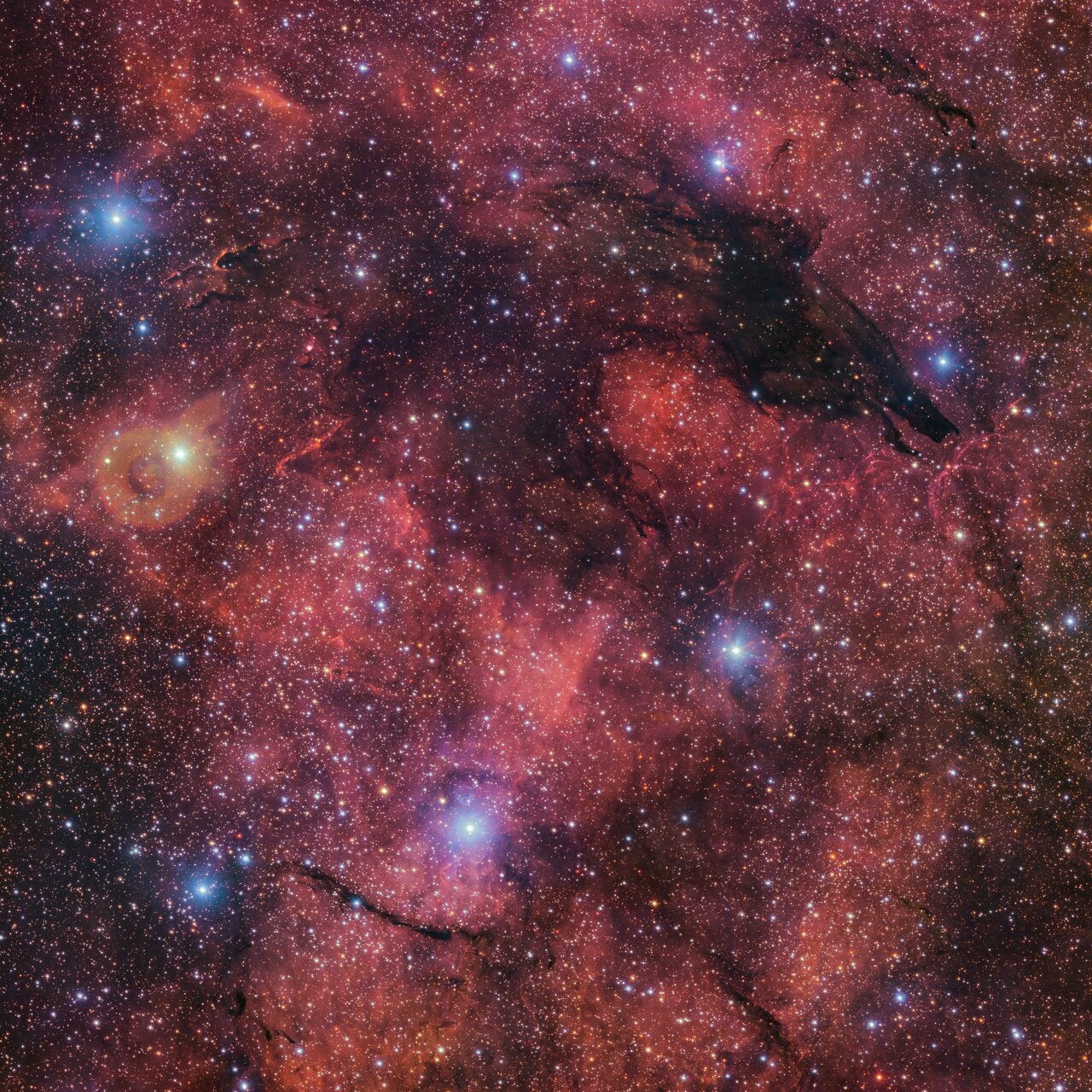
SpaceX’s Super Heavy booster fires its 33 Raptor engines to send the Starship rocket into orbit. Credit: SpaceX
While it didn’t recreate the historic Super Heavy booster it flew last time, SpaceX continued to push the envelope during the sixth test flight of its Starship spacecraft.
The largest and most powerful rocket ever built lifted off from SpaceX’s Starbase launch facility in Texas on Tuesday evening, as the Super Heavy’s 33 Raptor engines created a fireball in its wake. For the first time, Starship reignited one of its six Raptors in orbit, demonstrating a capability that NASA will need to return astronauts to the Moon during the Artemis III lunar landing.
During that mission, scheduled for 2026, a Starship Human Landing System (HLS) variant will make a stop at an orbiting propellant depot, refueling before flying into a near-lunar orbit. There, a NASA Orion capsule carrying astronauts will dock with it, and two of them will ride on the HLS to the Moon’s surface.
NASA Administrator Bill Nelson congratulated SpaceX on achieving engine re-ignition, which will help Starship perform deorbit operations on future missions.
“It’s exciting to see the Raptor engine rebooting in space – a major advance toward orbital flight,” Nelson wrote in a post on X. “The success of Starship is the success of #Artemis. Together we will take humanity back to the Moon and set our sights on Mars.”
Flight 6 was supposed to feature SpaceX’s second attempt to capture the Super Heavy booster using a pair of metal “wand” arms, attached to a starbase tower that the company nicknamed Mechazilla. The company pulled off the unprecedented maneuver on the first attempt. But this time, an automatic health check of Mechazilla’s critical hardware caused an outage. The Super Heavy instead made a pre-programmed course correction and landed gently in the Gulf of Mexico.
By capturing them and returning them to the same pad from which they launched, SpaceX hopes to reduce the delivery time of Starship and Super Heavy, both fully reusable, from months to days or even hours. It’s like landing a small building, slowing to supersonic speed, within a fraction of an inch of the target.
SpaceX CEO Elon Musk on Tuesday said Starship will make one more water landing before the company attempts to capture it with Mechazilla.
Successful Starship Ocean Landing!
We will do another ocean landing of the ship. If all goes well, SpaceX will attempt to capture the ship with the tower. https://t.co/osFud7XXPo
— Elon Musk (@elonmusk) November 20, 2024
Flight 6 should bring the company closer to that goal. SpaceX removed many of the Starship’s heat shield tiles in places where “capture-enabling hardware” could be added later. It performed thermal tests and approached the rocket’s crash in the Indian Ocean at a more aggressive angle of attack.
“The data collected … provides invaluable feedback on the performance of the flight hardware in a flight environment as we target the ship’s eventual return and capture,” SpaceX said in an update on its website.
SpaceX hopes to demonstrate the transfer of cryogenic liquid hydrogen and methane between two orbiting spaceships as early as March, another key step toward Artemis. The maneuver, which has never been attempted, would allow a tanker variant of the Starship to replenish the orbital depot with propellant. If all goes according to plan, SpaceX could land an uncrewed HLS Starship on the lunar surface by the end of the year.
Of course, Musk’s ambitions extend beyond the moon. According to estimates from the head of SpaceX, Starship will fly to Mars within two years. The company this week reiterated that timeline and revealed that it has begun subjecting Starship’s hardware to a simulation of the Red Planet’s atmosphere.
Editor’s Note: This story first appeared on FLY.

